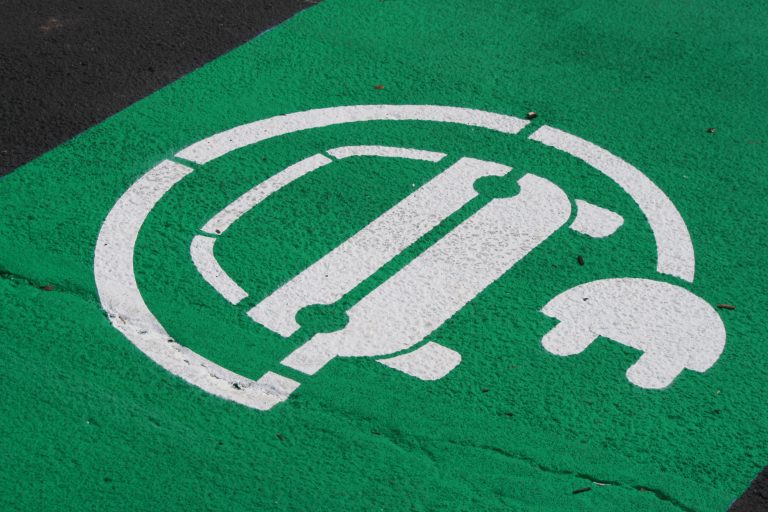As the automotive industry pushes on with the production of electric cars ahead of the 2030 petrol and diesel ban, public perception is struggling. Quadrant Transport investigates what concerns people have about EVs and what the industry can do to tackle this.
Results from a recent Quadrant Group survey showed that 50% of people who have objections to buying an EV is due to the range of charge that EVs currently have.
In comparison, 33.3% have issues with the cost and 16.7% do not think there are enough charging points in the UK.
Car manufacturers must respond to these public concerns by focussing their efforts on improving the range of charge the batteries have.
Dr Peter Harrop recently released a research paper through IDTechEx which explained ways in which the industry can tackle public perception.
The paper explains how there are many routes to creating 1000-mile battery vehicles. For inner-city dwellers, this would mean there would be a possibility of only needing to charge their cars every two months.

Harness solar, wind, Infra-red and thermal management
Dr Harrop suggested four key ways in which manufacturers can tackle charge life issues.
Firstly, the creation of solar bodywork has the potential to increase the length of time between charges dramatically. The report explained, “solar bodywork is a get-you-home feature capable of suddenly making battery-electric vehicles acceptable in most of the world, increasing market potential and accelerating economies of scale in production, making them more affordable.”
Looking at other industries such as the boating sector, this is something that has been deployed successfully. Many ships that use solar energy for power have totally become energy independent.
Secondly, there has been a lot of work in the development of Infra-red harvesting. Placing devices underneath vehicles to collect Infra-red would be particularly successful in hotter countries.
Adding Perovskite to Silicon on the tops and sides of vehicles will increase the capture of Infra-red on a much wider scale. Electricity can be increased by at least 10% with this implementation. This method can be particularly effective in rural areas where access to charging points may be more sparsely located.
Perovskite is a calcium titanium oxide mineral composed of calcium titanate. It is a diverse material that allows for many cations to be embedded into the structure.

Whenever an innovation is needed a lot of manufacturers and industry leaders tend to focus on what they can add to cars to improve their capabilities. This research paper suggested that instead, we can focus on what we can remove to improve.
One of these ways is through thermal management of car parts. Dr Harrop explained, “transparent heater film applied only where needed on vehicle interiors has been shown to save up to 30% of that electricity.”
A separate report on thermal management can be found here.
These small changes in the physical aspects of manufacturing can go a long way in improving the efficiency of batteries.
Raghu Das, CEO of IDTechUK has given advice to manufacturers. “Work on structural batteries and supercapacitors to increase range – no more dumb bodywork. Equally challenging, but still a possibility is using higher voltage to increase range beyond the current focus on charging time.”
The report can be found here.

